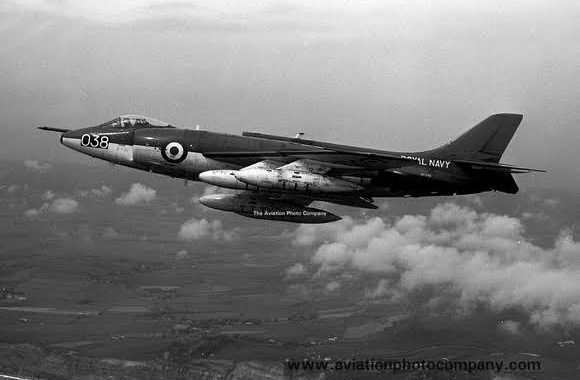Amazing facts about Supermarine Scimitar; The British Naval Fighter
The aircraft for today is the one that served the British Royal Navy in their Fleet Air Arm unit as their naval fighter aircraft. The earliest prototype version of the Supermarine Scimitar took it to the skies for this first time back in January of 1956 while the first delivery was made to the Royal … Continue reading Amazing facts about Supermarine Scimitar; The British Naval Fighter
